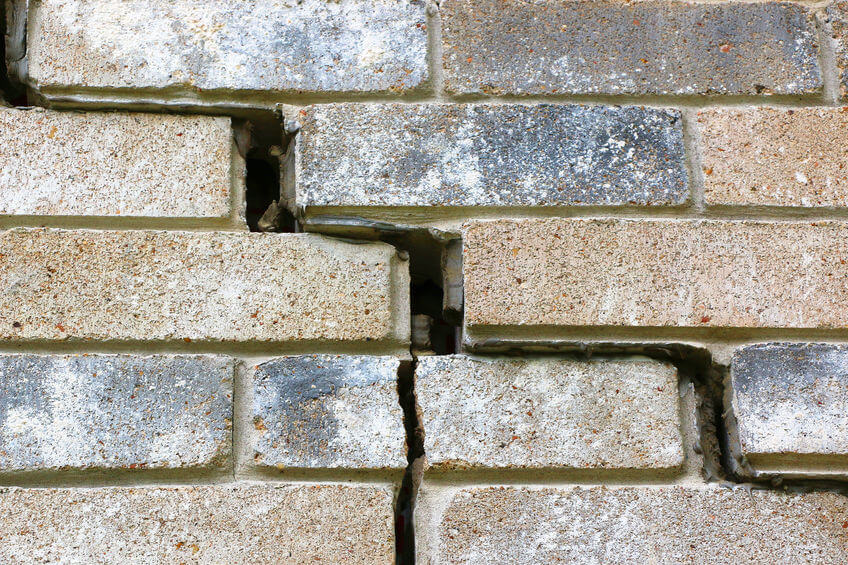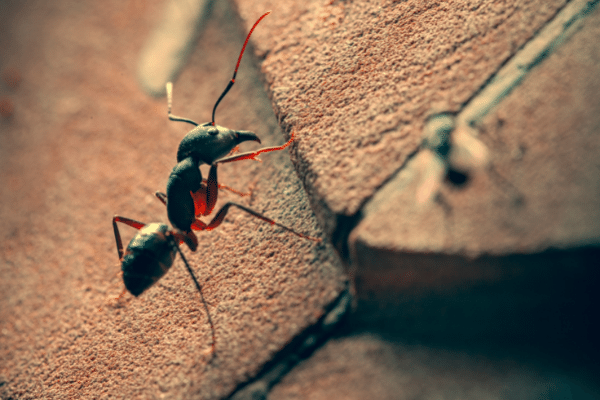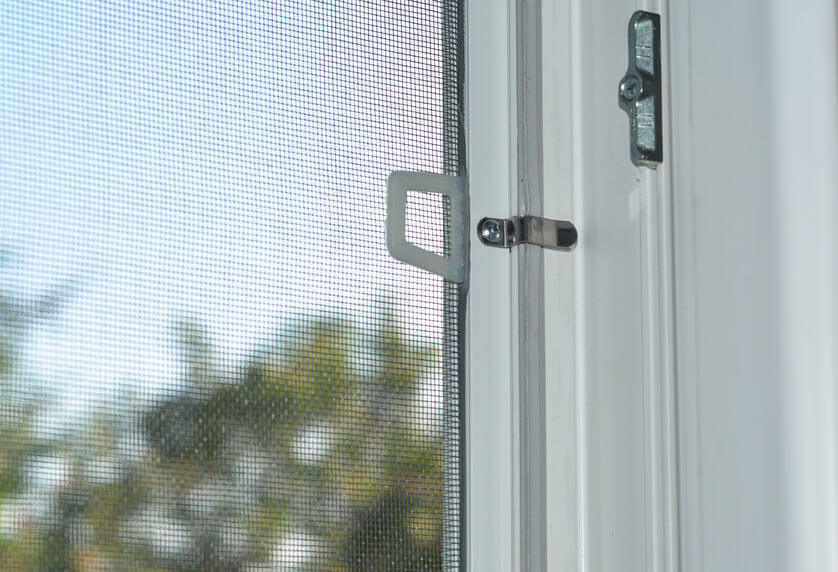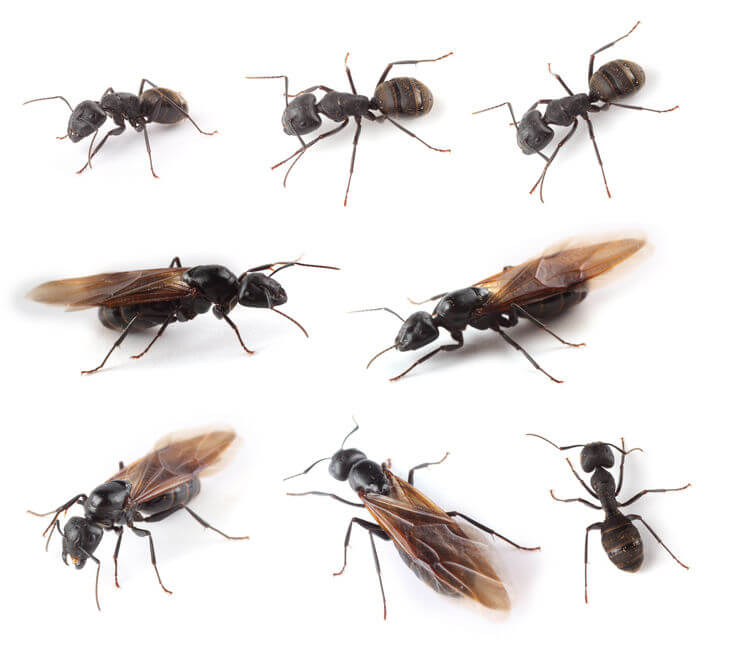- Home
- Get Rid Of Ants
- Where Do Ants Come From
Where Do Ants Come From?
This post may contain affiliate links so I earn a commission.
Where do ants come from and why are they inside your home?
If you're like a large number of homeowners who are at their absolute limits with ants, this article is for you.
Ants - tiny little insects who have a distinct way of being an annoying pest.
They are both present and absent at the same time.
They’re visibly inconspicuous, yet their effects speak a thousand.

They slither through cracks and crevices’ seeking all manner of treats, and before you know it, they’re gone.
It makes you wonder where they usually pop out from and how they ever got into your home in the first place.
This article focuses on the frequently asked yet hardly answered questions regarding ants.
It seeks to answer where ants in your home are most likely to originate from?
How are they getting into your home?
How they can appear and disappear at will to terrorize members and properties in the household and more.
For many homeowners, the first step to effectively getting rid of ants is to understand how they discovered their way inside.
Once this is achieved, total extermination can then follow.
Common Entry Points For Ants
Gaps in Your Foundation
Even though most home foundations are built solidly, most are not completely airtight due to gaps created during construction.
It’s these holes that give ants enough space to enter a home.
Foundations that aren’t well-shaped squares can also leave spaces that relentless ants can enter through as they look for food, warmth, and dampness.
Where Do Ants Come From - Cracks & Seams
Homes aren’t designed to be airtight, the best homes are designed for more natural airflow and sunlight.
Other times, it’s just poor construction that leads to air gaps and cracks, leading to air trade that generally happens along the creases of dividers, windows, doors and vents.

These holes (although they may be small) are large enough for ants to discover a way into your home.
Search for these creases where a wall transitions into a floor or corner.
Additionally, check zones where openings have been made in a divider for a window, outlet, plumbing pipe, electric line, or vent.
Apart from air gaps that can lead to increased heating a cooling costs, cracks in the wall also provide space and opportunity for ants to come into your home.
Some structure materials – plasters and other more established structure material, for instance – are known for creating cracks or gaps where insects can enter your home.
Where Do Ants Come From Inside the Floor
Certainly, we, as a whole, realize that ants crawl across on our floors looking for sweets and other delicious treats.
What may not be so evident is that ants can go inside your floor as well.

They may have built up routes underneath rugs, tile and hardwood flooring.
Finding their entry point into a room can be particularly troublesome, especially when they lead under the floor covering.
Simultaneously, your subflooring may likewise be utilized by ants as they travel through the house.
Subflooring normally comprises of sandwiched bits of compressed wood, which makes a lot of room for little ants to navigate through.
Utility Lines - Where Do Ants Come From
With all the power, phone, internet, water and gas lines, there are many small openings in your home.
Check where your utility lines create an entrance into your home for ants.
Areas where these lines enter or exit your home can be utilized by any little insect to get inside.
Besides pest issues, these spaces can give air access to the home, which can strain your warming and cooling spending plan.
Windows
While we welcome the windows in our home for allowing in daylight and natural air, they may likewise be giving ants access to your home.
Open windows with gaps make it simple for ants to travel through.

Past the window itself, the
window casing may have holes along it, and the remainder of the divider can also
give safe passage for ants.
Window casings can likewise gather dampness, and the wood can rot, which means these zones create easy entry points for ants.
Where Do Ants Come From - Entryways
Ants will always figure out that the easiest way to enter a house is through the doorway.
Entryways that are sealed ineffectively are perfect for ants to get through.
Check the seal along the base of the edge.
Additionally, check for quality seals on the sides and the head of the entryway as well.
Something else to consider is any doorway that is utilized rarely.
Since these entryways see little action, seals may fall apart, or breaks may happen unnoticed.
These gaps can permit simple access points for ants and other unwanted pests like spiders and even mice.
Conceived In The House
A few ants may have already been in your home.
They may have been conceived there!
With that out, some ant species can create homes inside your home – regularly utilizing gaps and creaks and spoiling woods to make a home.

That implies you could have a few generations of these bugs living with you as tenants.
Toys, House Plants And Different Articles
Ants might be brought into a house accidentally as well.
For instance, an empty toy left in the yard over the late spring can become host to an ant settlement and afterward brought into the home.
Plants that are moved inside for the winter may likewise be the cause of an ant attack.
Enormous gatherings of ants can be brought inside on an assortment of different articles, including old furniture or machines, tubs, hoses, pipes, and even food items.
Where Do Ants Come From - Overall
Ants are a common problem for homeowners all across the world.
They find a way to invade sidewalks, flowerbeds, outdoor patios, pool decks, and they venture indoors too.
However, just because ants are a widespread problem for everyone doesn’t mean they should be acceptable or tolerable, especially when it comes to your home.
Are you constantly experiencing ant problems in your home?
Now that you can answer the question, "Where do ants come from?" go through the preventative steps listed above and your ant problem will quickly become a thing of the past.



